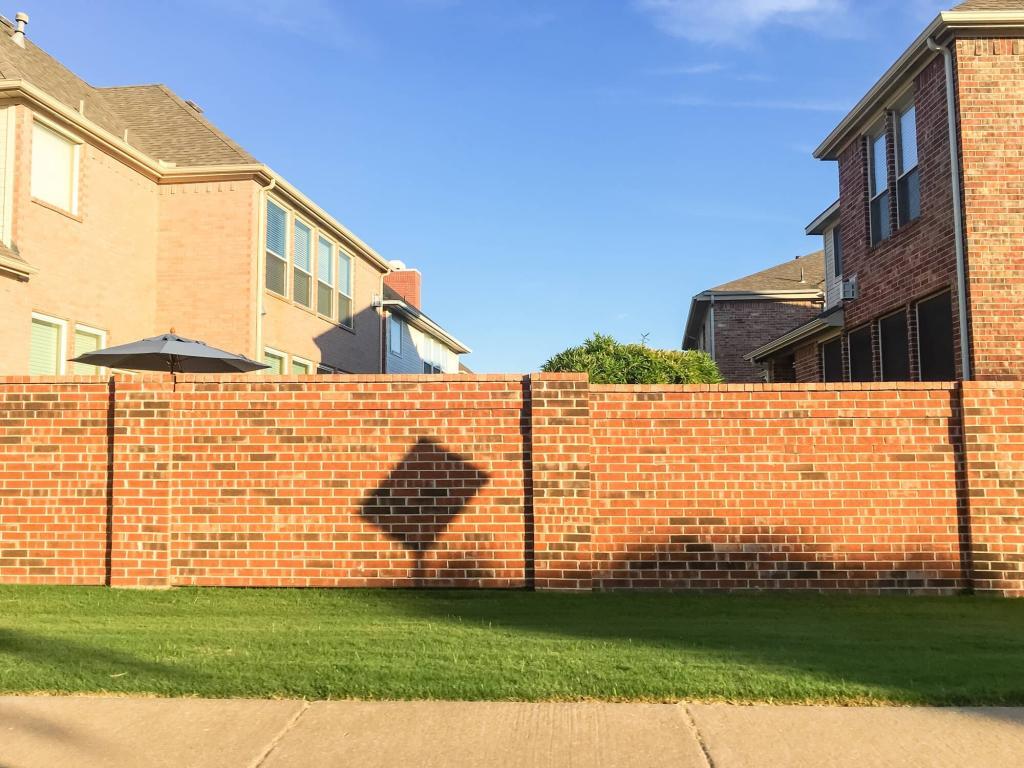
Concrete retaining walls can range from a small wall surrounding a backyard garden to an expansive wall on a highway, with the purposes remaining much the same.
Retaining walls do just that – retain. These walls are meant to hold in soil, prevent erosion, or correct the slope and gradient of the ground. Retaining walls are also great for the aesthetic appeal of a property, whether commercial or residential.
There are many advantages and, adversely, some disadvantages of building a concrete retaining wall. Let’s take a further look at them.
The Pros of Concrete Retaining Walls
Strength
We all know how impenetrable concrete can be. This is extremely important when a wall needs to hold in the pressure of earth and water.
It’s especially great if you live in a location that’s prone to flooding, like near a hill or anywhere that water travels downhill. With proper drainage, a concrete retaining wall can prevent flooding of your property.
Durability
It can withstand a lot more pressure and force than other materials. A concrete retaining wall can last for many years without much maintenance.
Not only is concrete long-lasting, but it’s resistant to the elements, fire, rust, and rot, whereas wood is less sturdy and more prone to elemental damage.
Design Possibilities
Concrete is a blank canvas. Whether you decide to stain it or choose blocks that give the appearance of stone, a concrete retaining wall can be both functional and aesthetically pleasing.
Using concrete blocks, you can create beautiful, modern retaining walls that can curve and bend to suit your space.
If you’re looking to add design appeal to your backyard outdoor living space, a landscaping project including retaining walls can add value and purpose to your garden.
Low Maintenance
Once it has been constructed, your work is done. From time to time, you may need to touch up and possibly fill cracks or replace a brick, but the build will hold for many years if done correctly.
Unlike the good old white picket fence, concrete isn’t prone to rot or peeling paint, so it can last for years and years.
Function
Besides the aesthetic appeal of a well-built and designed retaining wall, it’s also entirely functional. Building a concrete retaining wall can keep soil in place and prevent soil erosion, sinkholes, and even flooding.
Whether you have a large backyard or a small garden, adding in a concrete retaining wall not only provides the functional aspects, but it can also add more usable space to your garden.
For instance, you could add plants to a tiered retaining wall or even create a vegetable garden within the wall.
Eco-Friendly
While a concrete wall isn’t made of natural materials, it doesn’t make use of toxic chemicals or products. Not only that but, once constructed, it requires little to no further work to maintain.
Cost
In the long run, a concrete retaining wall is very cost-effective. Concrete is one of the most widely available materials and is very cheap. So, concrete blocks are very affordable and your retaining wall will truly stand the test of time making it a very worthwhile investment.
The Cons of Concrete Retaining Walls
Permanence
So you decide to have a wall constructed in your backyard to retain the soil from the hill behind your house. But, in 10 years, you decide you’d like to move the wall.
Unfortunately, that won’t be a walk in the park, moving a concrete wall takes a lot more effort, planning, and design than moving a wooden wall or fence would.
During the planning process, make sure it’s a project you want or need to undertake and make sure the design and placement are as you want them to be.
Not Something To DIY
Constructing a concrete wall is no easy feat. Concrete blocks are very heavy and it can be difficult to shape the curves and corners of the retaining wall if you don’t know what you’re doing.
So, you would need to hire an experienced builder to assist you, if not take over the entire project.
Design
As with the construction, the design needs to be carefully planned and requires an expert. It’s not advisable to attempt this on your own unless you have knowledge of all the elements going into building a retaining wall.
Final Thoughts
Building a concrete retaining wall is an investment. For functional purposes, it could be a necessary investment to prevent environmental damage to the land. For aesthetic purposes, it’s something that could add value to your property and make your outdoor living space more functional and beautiful.
Before embarking on this type of project, make sure to consult with an expert in the field to ensure the design and implementation ticks all the boxes and ties in with your needs. It’s a project that requires accurate planning and design but is sure to be worth every penny in the end!